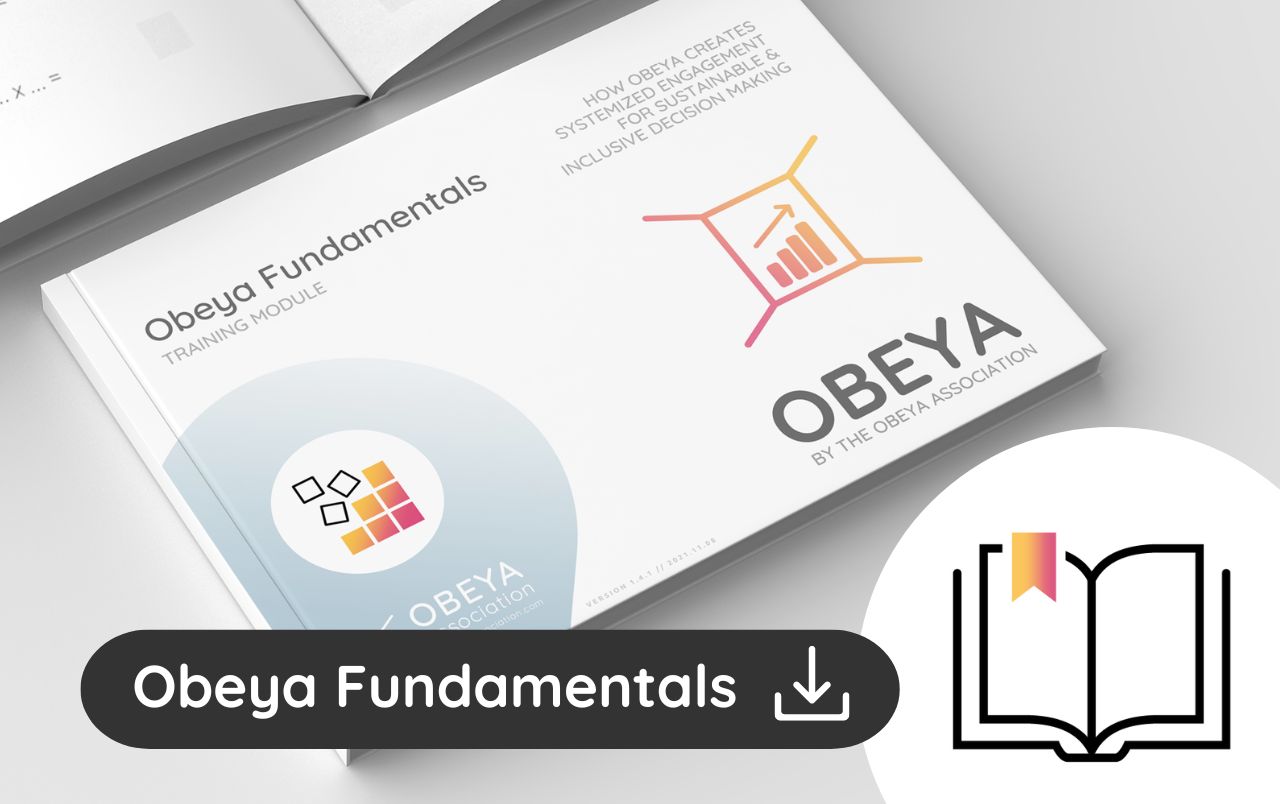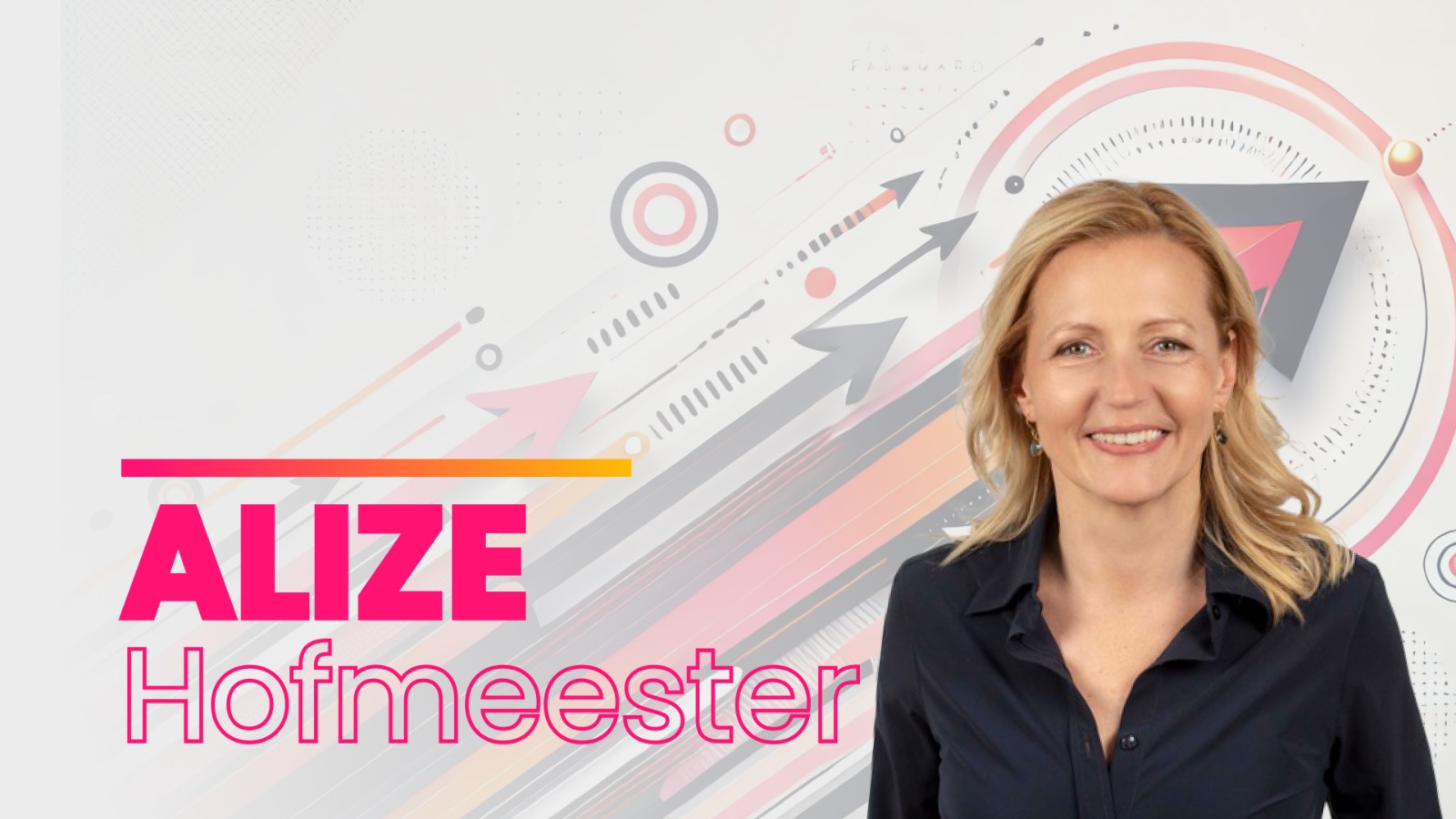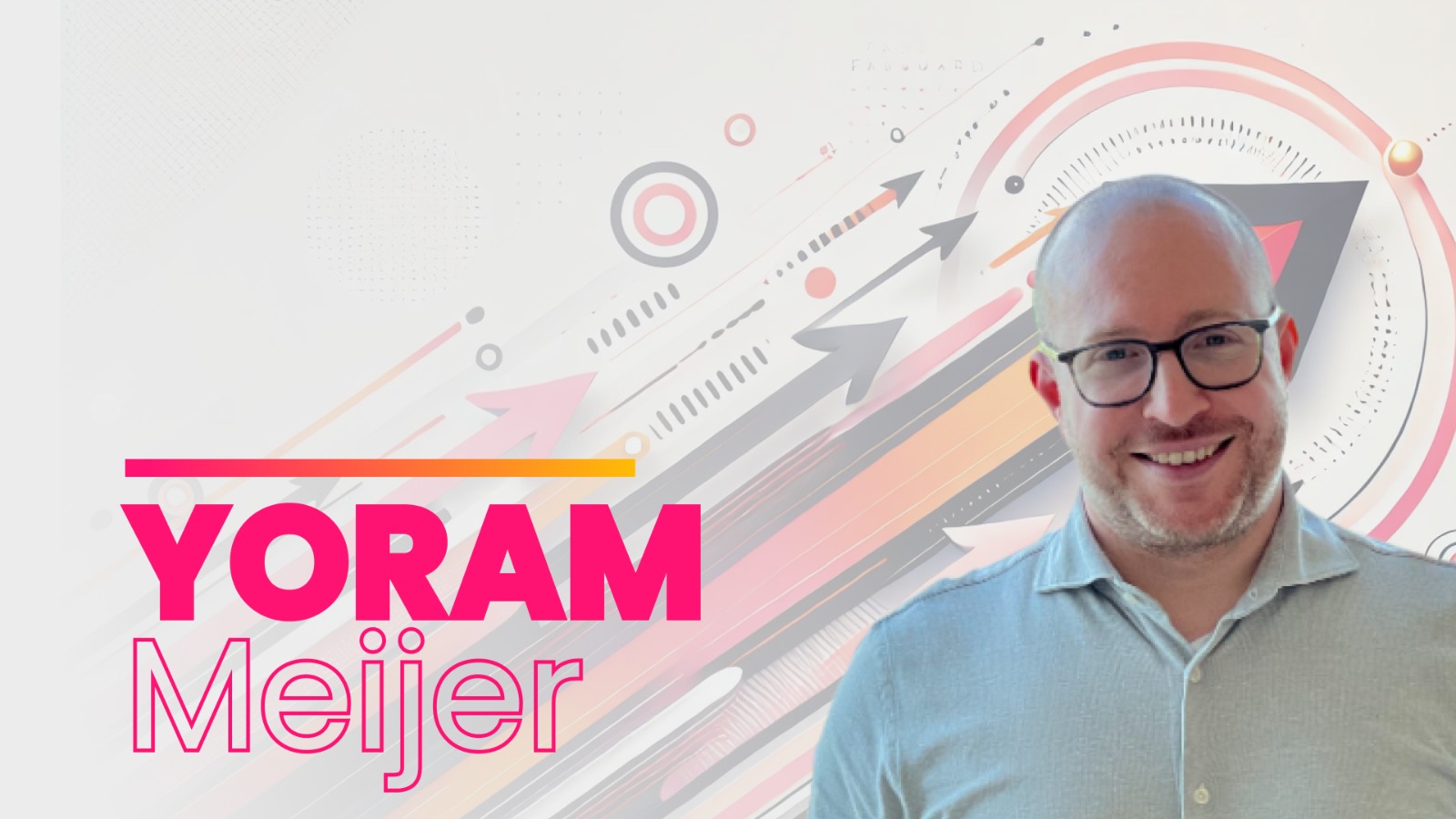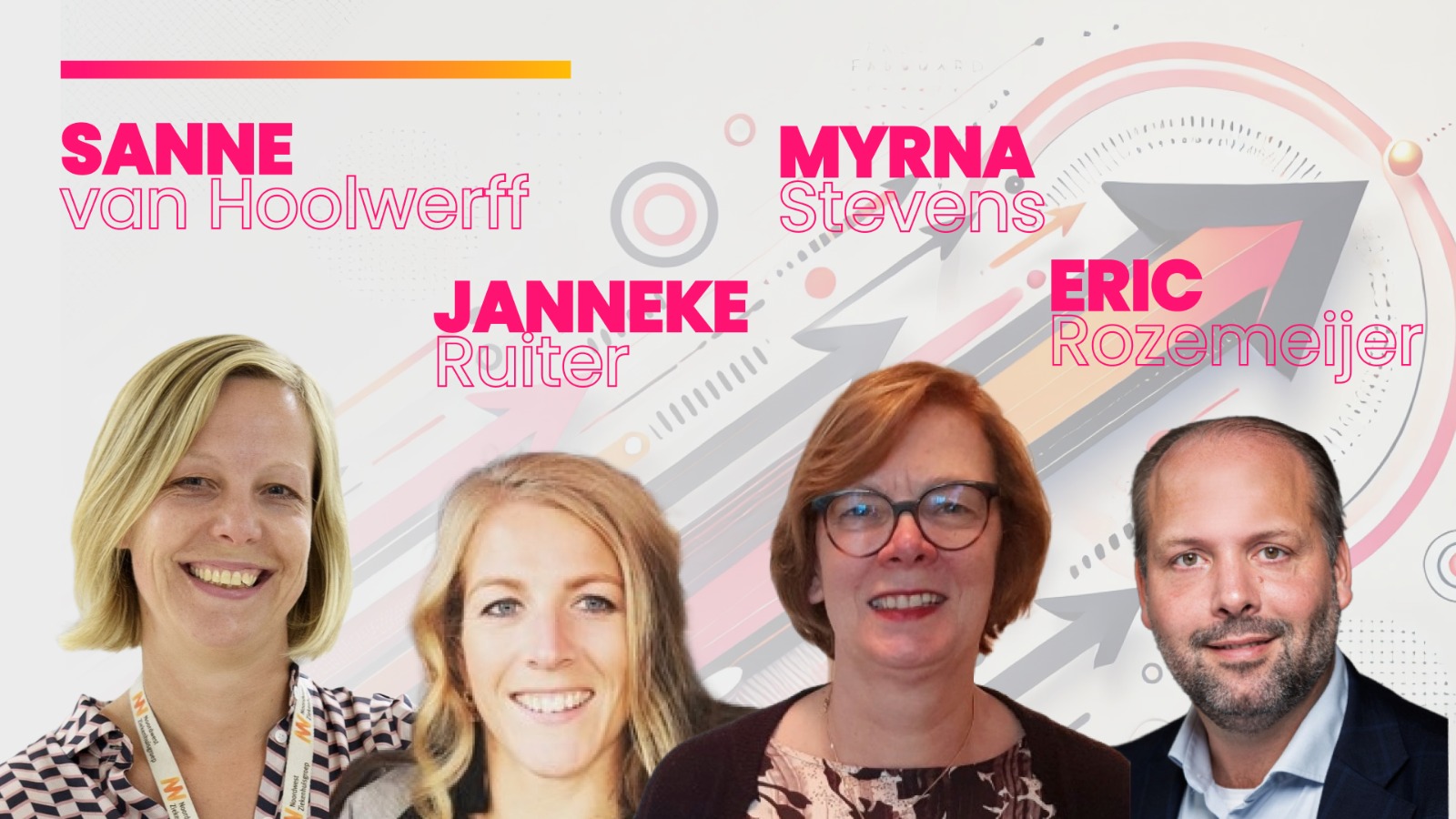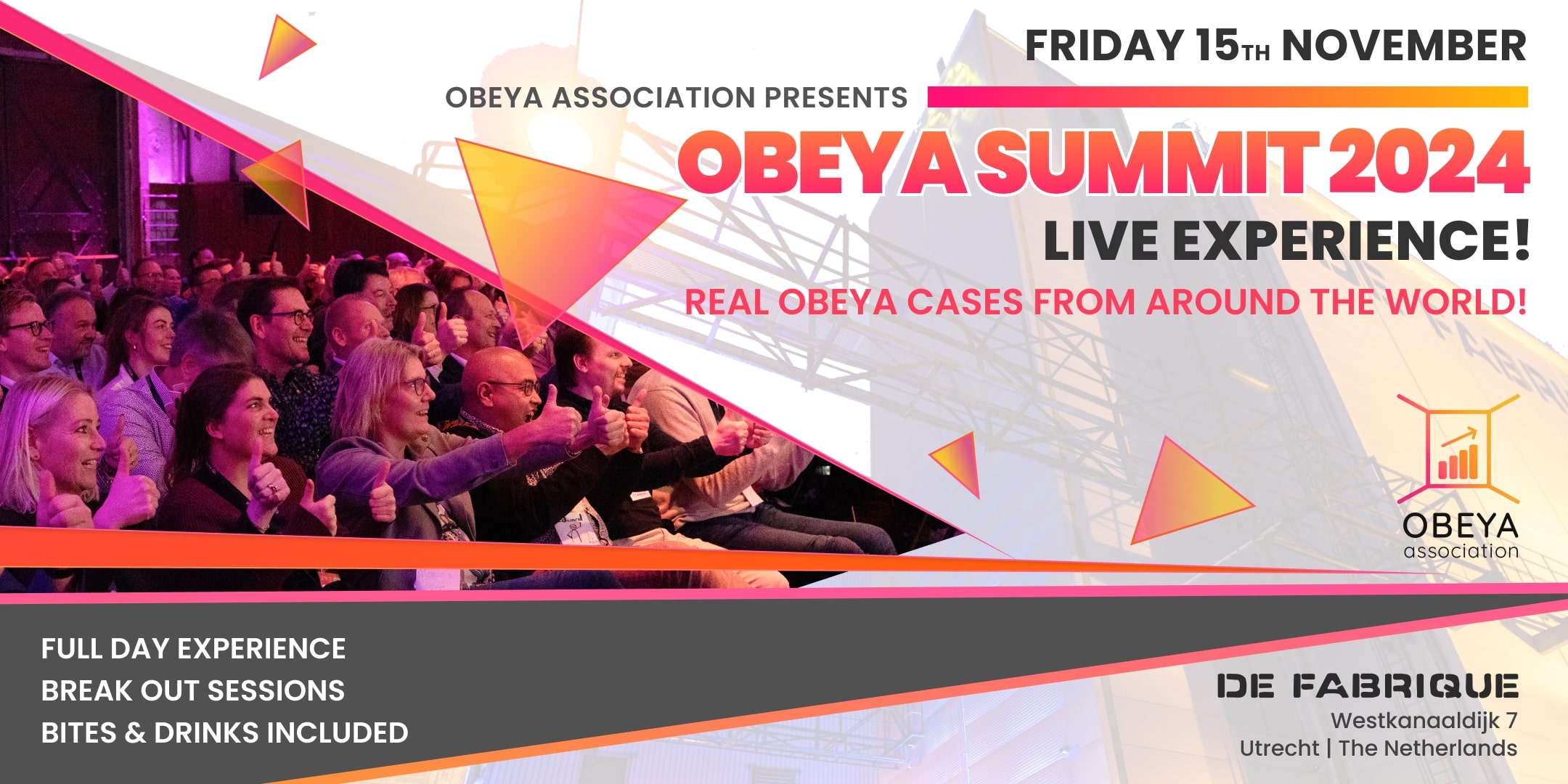
Author of this article: Ashley Wade, LCG Consulting
Imagine a post-COVID organization. With a young, dedicated team. A new Director. And Lisa, a fully committed employee. On her way to work. Cheerfully she steps into the office. And then, she did notice something immediately: ‘unrest’.
A new policy has found his way into the office, which subscribes a limitation of flexibility in here working hours. A change which has been made based on the employee satisfaction survey. This survey indicated the need of more connection by the employees. The director has directly translated this need by a solution: implementing office days. All employees must be present on Tuesdays and Thursdays from 9:00 AM to 5:00 PM.
Lisa feels demotivated and ignored. These new guidelines are not only disrupting her own routine, but it’s quite problematic for other colleagues. This causes a lot of extra work and stress: managing young kids at home, facilitating school and sport lessons but also rescheduling team sessions. The decision for this new policy has been made without any input. If anyone had asked for her opinion, Lisa could have explained how flexible hours contribute to productivity and balance. After weeks of frustration, management realizes that their decision was a mistake. A meeting with employees has revealed that the need for connection was never about physical presence but was primarily about collaboration.
This example illustrates how insufficient consideration and understanding of the diverse perspectives of stakeholders in decision-making can lead to issues later on. From experience, I see that decision-making processes in organizations often proceed carelessly – or simply aren’t well-designed. Leaders often make decisions based on their formal authority, relying on the information available at that moment and the people around them. What often plays a role is the firm belief that, as a leader, you can oversee all interests, that you should act decisively, and that your decision will always ruffle some feathers: pleasing everyone is impossible, after all. This justifies some leaders in making quick decisions from an ‘inclusive’ intention.
This strategy either leads to
- convincing the people involved that the right decision has been made, or,-
- to adjust the decision in order to be properly implemented.
In this particular approach of decision-making lies the risk of endless post-decision discussions, decisions that need to be reversed and employees who feel that their interests weren’t well considered, expressing their dissatisfaction below the surface.
Besides the autocratic decision-making style, another prevalent approach within organizations is democratic decision-making, where all involved parties have the opportunity to voice their opinions and vote on a decision. The majority wins, and the decision is made based on the voting outcome. The risk with this decision-making approach is that the minority voice isn’t used to enrich the decision made, with the potential to reaffirm the prevailing norm, thus keeping the organization doing what it has always done. And within a rapidly changing context that probably won’t be the best strategy to take. It’s not without reason that a more inclusive or participatory decision-making approach yields better results.
Research by Kincentric, surveying 4,908 employees from organizations in the U.S., Canada, and England, reveals that employees are 2.7 times more likely to develop and thrive in organizations where they can provide input and are valued for it, are allowed to leverage their skills and thus have influence in decision-making. They are also 1.8 times more likely to continue working for those kinds of organizations (Kincentric, 2023).
How do people make decisions?
In order to understand why inclusive decision-making is vital for your organization, it is important to gain more insight into how people make decisions. It is less rational than you might think.
Ever heard of Daniel Kahneman’s two-system theory? It’s a captivating concept that unveils our decision-making mechanisms. System 1, the intuitive, quick thinker, often leans on gut feelings and snap judgments. System 2, on the other hand, is the more deliberate, analytical side that takes its time to process information thoroughly (Kahneman, 2011).
However, even when we think that we are being rational in our decisions, our System 1 beliefs and biases still drive many of our choices. One of these interesting biases is the commitment & consistency principle described by Cialdini (2008). This bias contends that people tend to align their choices with prior commitments to maintain cognitive coherence. In other words; they only go along with a decision if it fits the image they have of themselves, and the norms and values they foster. They then look for arguments that fit this image.
Of course, there are many more biases influencing the decisions we make. Think of our natural preference for maintaining the status quo and all the stereotypes we have in our heads. Those biases lead to unfair treatment of opinions of people with different characteristics than ourselves.
Knowing this, you can better understand why dissenting opinions are considered complicated. This is troublesome, because effective decisions are decisions that take everyone’s wisdom into account. But apparently, we are cognitively incapable of that by default. So how do we ensure that we make enriched decisions informed by different perspectives, instead of basing them on our own limited mental model?
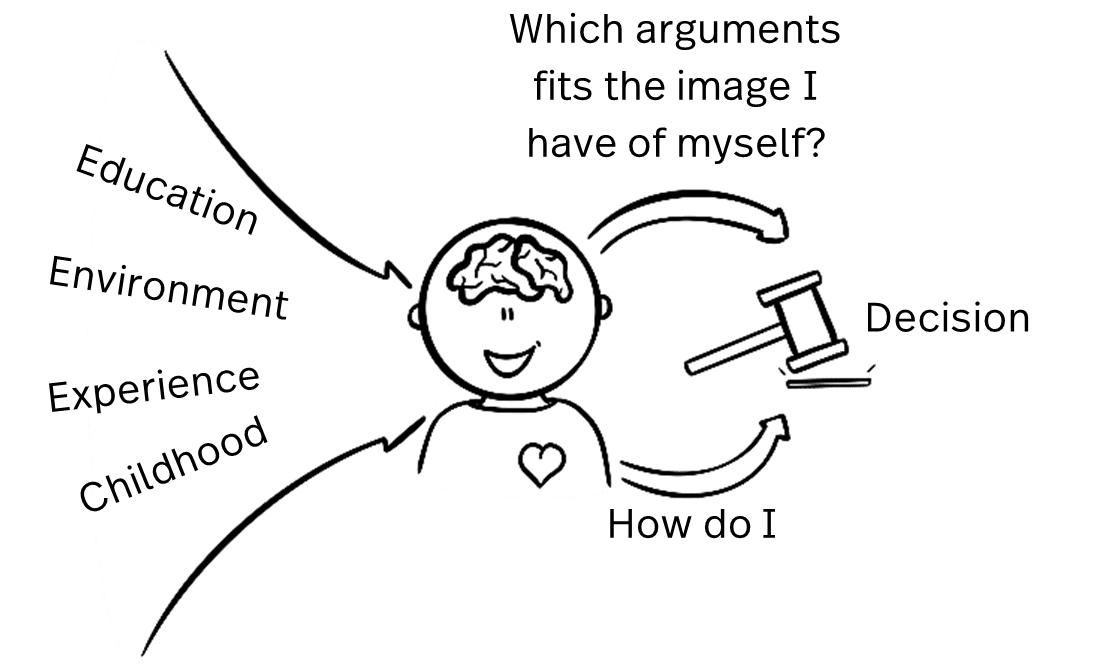
So what about inclusive decision making?
Therefore, let’s dive into the concept of inclusive decision-making – a strategy that guarantees each stakeholder a seat at the decision-making table and a genuine opportunity to contribute. If you search online for inclusive decision-making, you will probably find Deep Democracy as a way of doing so. And although this is a solid and proven method, let’s look at the broader concept of inclusive decision-making. Contrary to what some people might suggest, this approach doesn’t disregard the role of designated leaders in the decision-making process. Rather, it focuses on refining the procedural aspects. There are several fundamental principles that underpin the practice of inclusive decision-making:

1. A Transparent and Equitable Process
A pivotal aspect of this approach is a transparent and equitable decision-making process. That means that every stakeholder involved knows the way decisions are made, how diverse perspectives are gathered and who has the final veto on the decision. And that the necessary checks are embedded in the process to prevent biases as much as possible.

2. Incorporating All Viewpoints & Interests
Inclusive decision-making actively seeks out and amplifies minority perspectives, giving voice to those who might otherwise be marginalized. In inclusive decision-making, perspectives aren’t weighed according to the principle of ‘most votes count’ but rather on balancing all interests with the end goal in mind.

3. Fostering Comprehension of Diverse Perspectives
This practice acknowledges the absence of an absolute truth and promotes a comprehensive understanding of the various viewpoints that contribute to a decision. Here the challenge is to really empathize with others – after all, the same workplace can be experienced very differently depending on your role and any privileges you may have.

4. Encouraging Open Dialogue and Emotional Expression
In contrast to being afraid of an open discussion in order to avoid conflict, this approach encourages constructive dialogue and recognizes the value of emotions in decision-making. The underlying assumption is that you need to prevent the emotions that are already there from being suppressed and growing out of proportion.

5. Aiming for Consensus, not Compromise
The objective of inclusive decision-making is to achieve consensus – a resolution that resonates genuinely with all parties involved – as opposed to settling for mere compromises that might leave everyone unsatisfied.
In essence, inclusive decision-making is a departure from the more autocratic or democratic approaches, valuing the diverse wisdom that arises from an engaged and participatory process. But now the essential question; what does that yield?
The benefits of inclusive decision making
In reading the principles stated above, one may think that inclusive decision-making is above all a lot of work and too much of a hassle. It may feel this way because it completely contrasts with our natural preferences as human beings for linear thinking focused on efficiency, minimizing deviations and thinking in right and wrong solutions (Kramer, 2019). In other words; why should we take the effort?
Let’s illustrate these benefits with an example of a project I once led. We learned a few painful lessons, which will demonstrate the need for a thorough, inclusive process.
In a health care organization, management had (behind closed doors) made the decision to close a location for daytime activities for clients. The business case of this location was no longer profitable. When they communicated this decision to the clients and their parents, it was like a bomb exploded. Parents were furious: their children had worked in this location for many years and they depended on this location for the well-being of their children.
So what happened? The parents stood up for their rights to be consulted and demanded an investigation into all the possible options to keep the location open. My colleague and I were asked to guide this process. We couldn’t help but empathize with the consequences of the autocratic decision-making style that had caused harm. So, we decided to shake things up a bit and bring a more inclusive approach to the table.
We installed an advisory group of parents, employees that worked at that location and of course the clients themselves. This enabled us to hear their emotions, understand their perspectives and interests better and to incorporate these in the scenarios we made for a possible solution. It took a very long time to level with employees and parents, because their level of trust had been seriously damaged. However, in the end we got to experience the fruits of our labor: building towards a decision in collaboration with all the stakeholders resulted in more commitment to come up with a good solution.
Clients and employees became slightly more at ease with the burdensome process they were in. And we were able to land on a substantially better solution. In addition, the clients and employees at this particular location grew closer during this process. They learned to express their concerns better and to talk about them in an open manner. The painfully insightful conclusion was that investing time to incorporate all the stakeholders in the decision-making process would have saved us so much time and misery. And eventually it led us to a better solution: a better business case by renovating the location. Meaning enlarging the restaurant and reducing the shop square meters.
As this example illustrates, there are many reasons to invest in inclusive decision-making. Research has shown as well that in many cases, it results in the development of more comprehensive solutions, improved outcomes, and the maximization of productivity, innovation, and creativity (Morley, T. 2018). Furthermore, employees who are involved in the decision-making process, experience a higher degree of job satisfaction and feeling of belonging (Ohana et al. 2013).
Overall, inclusive decision-making benefits are:
- Enhanced quality:
Inclusive decision-making results in higher quality outcomes. By incorporating diverse perspectives, decisions become more innovative and better aligned with the collective needs. - Time efficiency:
By addressing concerns and perspectives beforehand, inclusive decision-making minimizes post-decision resistance, saving time and preventing issues from arising later. This approach embodies the adage “Slow decision-making, fast implementation.” - Effective implementation:
Inclusive decision-making facilitates smoother implementation since individuals who contribute to the decision-making process feel a sense of ownership. Their input is taken seriously, fostering commitment and ensuring decisions resonate with their realities. Also, it is important to realize that every decision requires behavioral change to a greater or lesser extent. Every decision will affect the behavior of one or more stakeholders in a certain way; they may have to do something more, less or differently. If you incorporate views, concerns and interests of stakeholders in the process from the start, you are already influencing and shaping the desired behavior. And that makes implementation far more easy. - Personal growth:
Encouraging individuals to understand different perspectives nurtures personal growth. Recognizing that their truth is just one of many truths will foster empathy and open-mindedness. If you have good facilitators guiding the decision-making process, who mentor and coach on self-reflection and the normalization of making mistakes, employees will develop themselves as advocates for equity and inclusion.
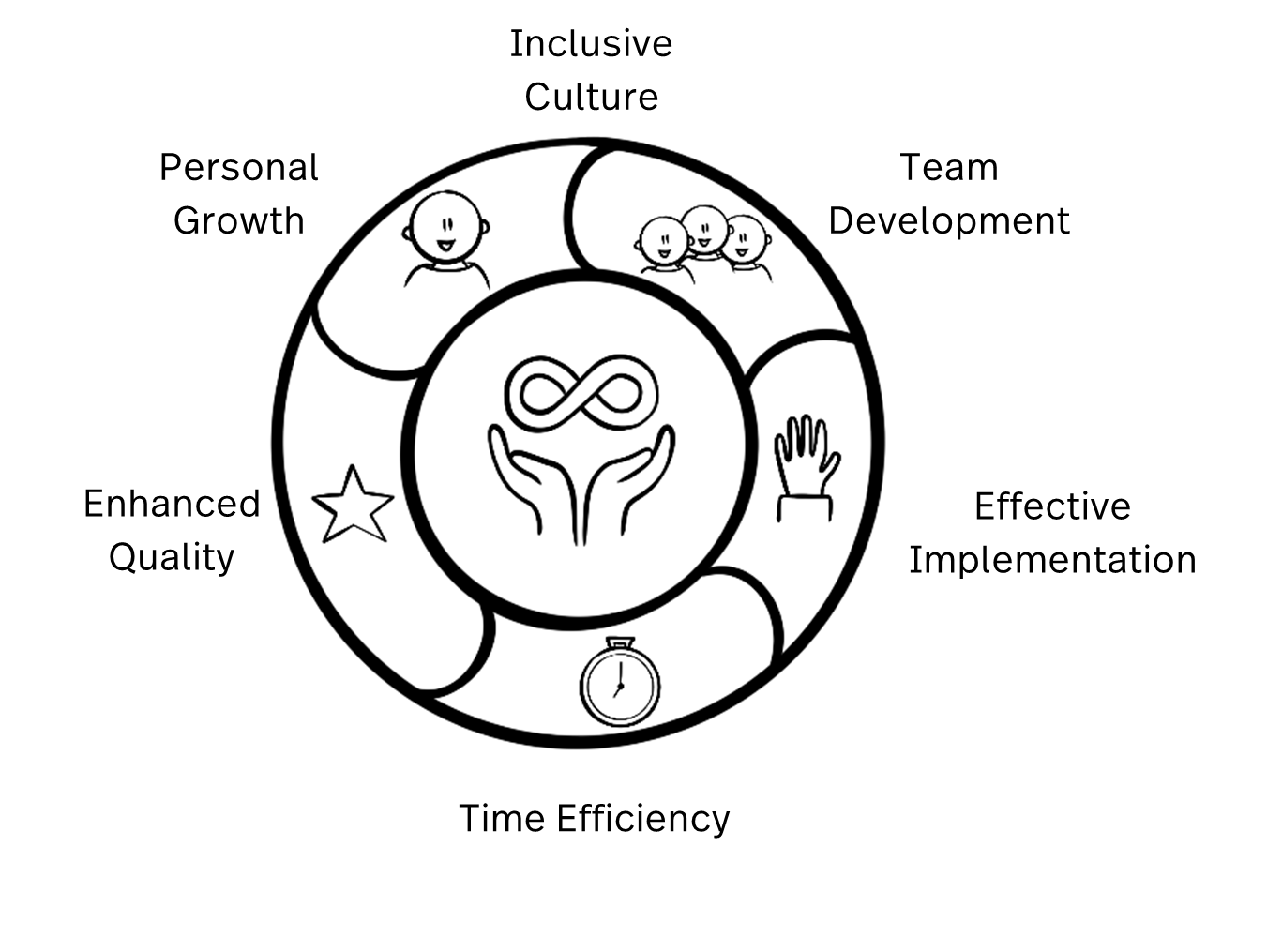
- Team development:
Facilitated dialogue in inclusive decision-making builds mutual understanding and eliminates hidden conflicts. By going through this process together and learning from each other’s experiences, teams will strengthen their connections, leading to improved team cohesion. - Inclusive culture:
When employees feel seen, heard, and genuinely included in decision-making, it significantly influences the organizational culture towards an inclusive culture, fostering a sense of belonging and attachment.
As you can see, inclusive decision-making isn’t just a method; it’s a transformative approach that empowers organizations to tap into their full potential. By valuing diversity, investing in collaboration and embracing differing perspectives, organizations set themselves on a path to excellence and a more cohesive and thriving workplace culture.
References
- Kincentric. (2023). “Demystifying Inclusion — Rewards and realities of fostering an inclusive culture”. Full report.
- Kahneman, Daniel. (2011). Thinking, fast and slow. New York :Farrar, Straus and Giroux.
- Cialdini, R. B. (2008). Influence (5th ed.). Pearson.
- Morley, T. (2018). “Making the business case for diversity and inclusion: Short case studies and research papers that demonstrate best practice in HR”, Strategic HR Review, Vol. 17 No. 1, pp. 58-60. https://doi.org/10.1108/SHR-10-2017-0068
- Ohana, M., Meyer, M., & Swaton, S. (2013). Decision-making in social enterprises: Exploring the link between employee participation and organizational commitment. Nonprofit and Voluntary Sector Quarterly, 42, 1092-1110.
- Kramer, J. (2019). Deep Democracy (7de editie). Thema.

